-
- PCB TYPE
- PRINTED CIRCUIT BOARD PROTOTYPE ALUMINUM PRINTED CIRCUIT BOARD R&F PCB FPC HIGH FREQUENCY PCB HIGH-TG PCB HEAVY COPPER PCB HDI PCB PCB FOR LIGHTING METAL CORE PCB
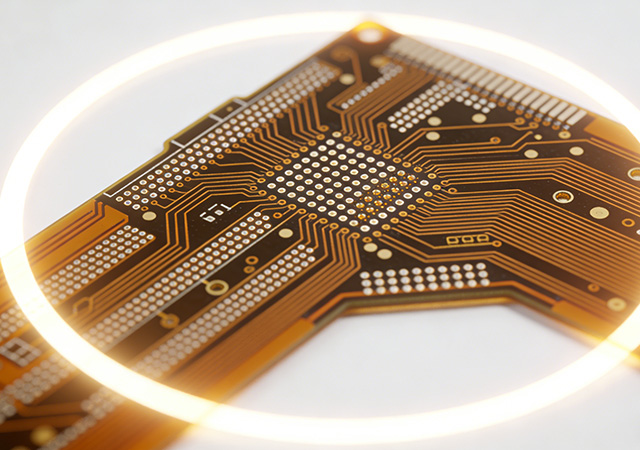
As electronic devices evolve toward higher integration, smaller form factors, and enhanced performance, the demand for advanced flexible printed circuit board (FPCB) design solutions has never been greater. Among these innovations, HDI Blind/Buried Vias FPCB Design stands out as a transformative approach, redefining the boundaries of precision and miniaturization in flexible electronics. Unlike traditional FPCB designs, HDI Blind/Buried Vias FPCB Design leverages high-density interconnect (HDI) technology with blind and buried vias to optimize circuit layout, reduce signal loss, and maximize space utilization. This specialized design solution has become indispensable for high-end electronic products that require both flexibility and ultra-high performance, making it a key focus for engineers and manufacturers across industries.
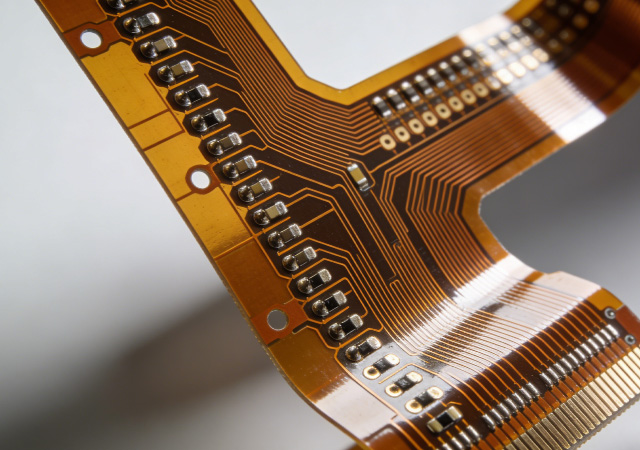
In the era of smart and portable electronics, the demand for components that combine compactness, versatility, and durability has redefined the boundaries of electronic design. Flexible Printed Circuit Board (FPCB) has emerged as a transformative technology, breaking the limitations of traditional rigid PCBs and becoming the core enabler of next-generation electronic products. FPCB’s unique ability to bend, fold, and conform to irregular shapes while maintaining stable electrical performance has made it indispensable across industries, from consumer tech to healthcare and automotive. As innovation accelerates, FPCB continues to reshape how electronic devices are designed, manufactured, and used, solidifying its position as a cornerstone of modern electronics.
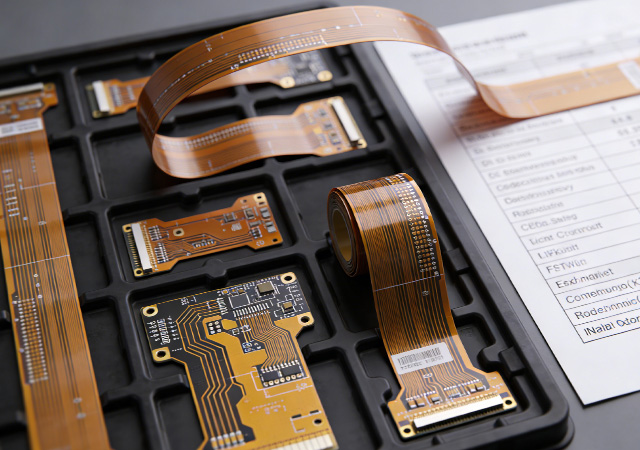
In the fast-evolving electronics industry, flexible printed circuit boards (FPCBs) have become indispensable components, enabling the design of compact, versatile, and high-performance devices. Behind every successful FPCB-powered product lies a reliable fpcb supplier— a partner that bridges design concepts with practical manufacturing, ensuring consistent quality, technical support, and timely delivery. As industries ranging from consumer tech to healthcare and automotive pursue innovation, the role of an fpcb supplier has evolved from a mere component provider to a strategic collaborator. Choosing the right fpcb supplier is no longer a transactional decision but a critical step in enhancing product competitiveness and accelerating time-to-market.
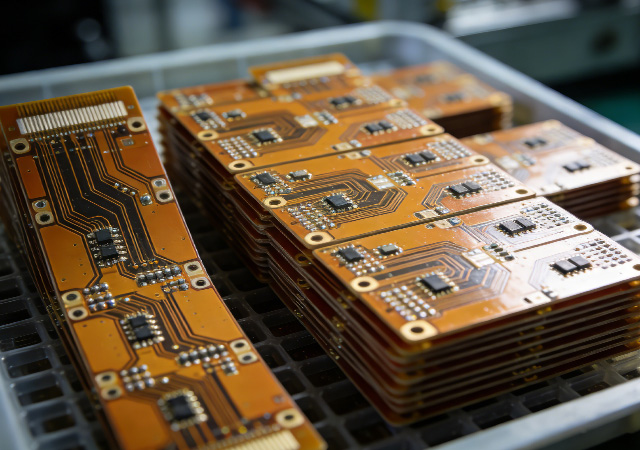
In the global electronics manufacturing landscape, the demand for high-volume, reliable flexible printed circuit boards (FPCBs) continues to surge, driven by the规模化 production of consumer electronics, new energy vehicles, and smart devices. As the world’s leading electronics manufacturing hub, China has emerged as a pivotal force in this sector, with High Volume FPCB Supplier China playing an indispensable role in powering global supply chains. These suppliers leverage unique industrial advantages to deliver large-scale FPCB solutions that balance quality, efficiency, and cost-effectiveness, making them the preferred partners for multinational enterprises and emerging tech companies alike.
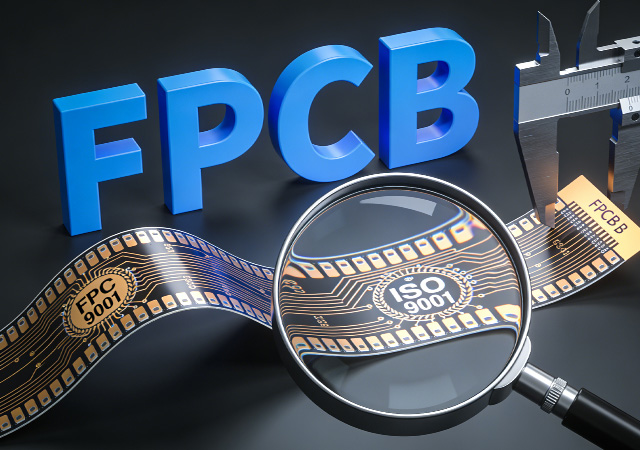
In the competitive landscape of flexible electronics, the quality and consistency of Flexible Printed Circuit Boards (FPCBs) directly determine the performance and market competitiveness of end products. For businesses seeking to mitigate risks and ensure stable supply chains, partnering with an ISO 9001 Certified FPCB Supplier has become a strategic imperative. ISO 9001 certification, a globally recognized benchmark for quality management systems, signifies that a supplier adheres to rigorous standards of process control, quality assurance, and continuous improvement. This certification is not merely a label; it is a guarantee that the FPCB supplier can consistently deliver high-quality products that meet customer requirements and industry regulations, making it an indispensable partner for industries ranging from consumer electronics to automotive and industrial automation.

Got project ready to assembly? Contact us: info@apollopcb.com



We're not around but we still want to hear from you! Leave us a note:

Leave Message to APOLLOPCB
